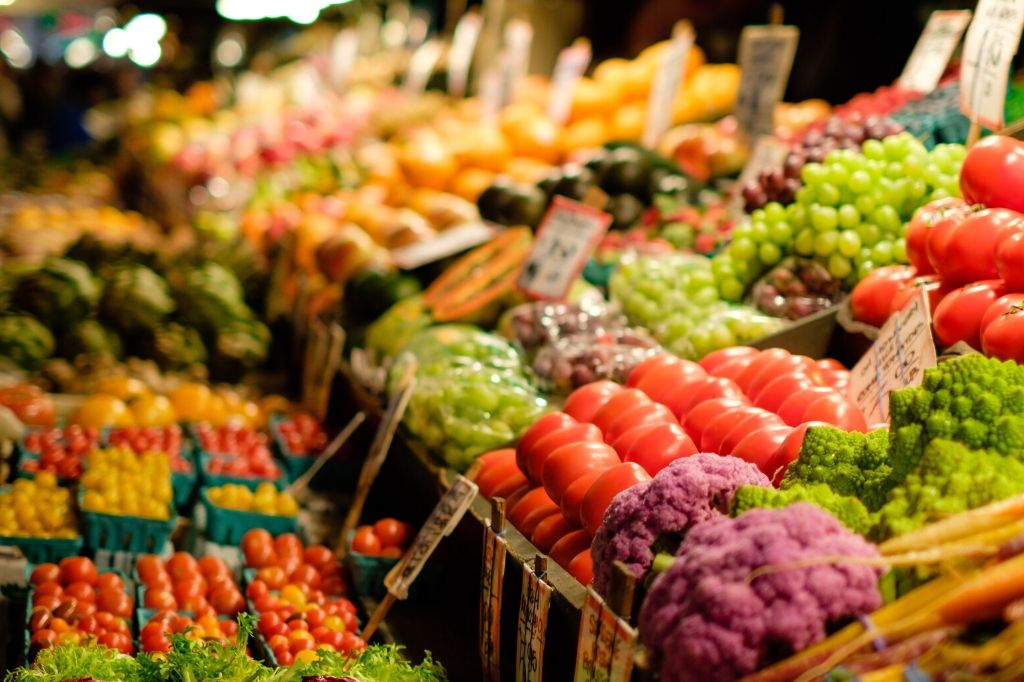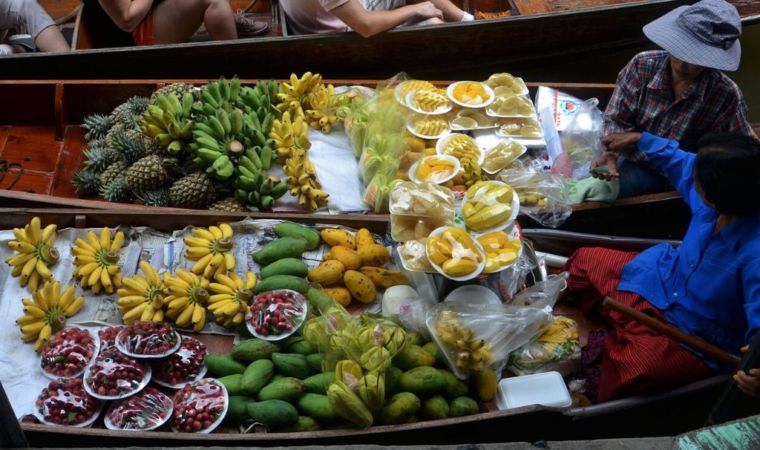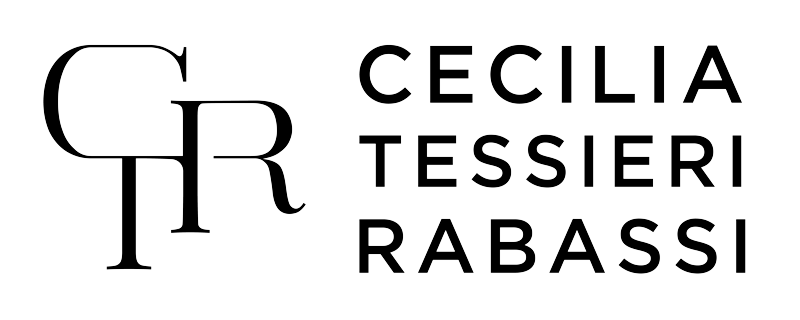
The distribution network is a fundamental element in the sales strategy of a product, capable of nullifying much of the work you have done before. If our product does not reach the consumer in the right time and target, it will not be sold or will be discarded in favor of another. Choosing how to build your network is not easy and you need to keep in mind the potential and strength of your company.
In this article I will present the main forms of distribution network and I want to point out that the choice should not be univocal. Very often it is convenient for a company to integrate multiple systems, so as to increase the range of possibilities to reach the end customer.
Distribution channels
Distribution channels are a sequence of commercial intermediaries. The commercial intermediary is the figure that puts the producer in contact with the final buyer. Commercial intermediaries may take physical possession of the goods to be sold, as is the case for wholesalers or retail retailers, or conduct negotiations, as is the case for commercial agents.
The main function of distribution channels is to fill gaps between the producer and the consumer: they can be geographical, temporal and technological gaps. Geographical gaps relate to the place of production of goods and the place of consumption. The temporal gaps instead are those that are created between the productive cycle of a company and the time of consumption of the good. It can happen, for example, that months elapse between a passage and the other of the cycle of the product and this time must be distributed within the distribution channel. The technological gap is instead what is created between the large amount of goods produced by the company and the small amount required by the consumer. In this case, the distribution channel has the task of controlling the flow of goods to meet demand. But let’s analyze how distribution channels can be composed.
The direct distribution channel
The distribution channel may be direct or indirect. The direct intervention involves only two figures: the producer and the consumer or buyer. Insurance agencies and manufacturers of industrial goods are an example. In many cases in this system, in addition to the physical good you sell an extra service, such as assistance, warranty or training. By choosing this type the manufacturer ensures a more direct control of the commercial transaction. But building a direct distribution channel requires more resources and more time.

The short indirect distribution channel
The indirect distribution channel, however, provides for the action of several intermediaries in the path that brings the good from the producer to the consumer. This type ensures less control over the process and prices, but relieves the manufacturer from the task of creating commercial relations with small realities. The indirect distribution channel may be short or long, depending on the number of intermediaries. An example of a short channel is the one that involves the GDO (Large Organized Distribution), the Purchasing Groups or the dealerships: the producer sells to these realities that then reach the consumers. The GDO is the one, for example, that collects supermarkets, hypermarkets and department stores. The Purchasing Groups, on the other hand, are smaller and local distribution companies, very popular in recent years. These companies guarantee the manufacturer to reach a high number of customers, but leave the manufacturer little room for manoeuvre on the selling price.

The long indirect distribution channel
In the long indirect distribution channel, however, more intermediaries intervene. The most classic example is the wholesaler: the manufacturer sells to the wholesaler, who supplies the retailer who sells to the consumer. Also in this case the control of the producer on the entire process is weak, but the wholesaler assures the arrival of the goods also in the smaller shops and therefore the possibility to penetrate more capillary in the market. This is a form of distribution widely used in the agri-food sector or in the flower sector, for example. Sometimes the indirect distribution channel also includes commercial agents who, divided by areas of expertise, are responsible for collecting orders from wholesalers and returning them to the manufacturer. Recently to these forms of distribution has been added direct marketing, whose most popular example is definitely e-commerce.

E-commerce
In recent years more and more companies are experimenting with a new distribution channel, e-commerce, often in association with traditional sales methods. Direct marketing, of which e-commerce is an example, puts in direct communication consumer and manufacturer. The latter thus finds himself in charge of all the tasks incumbent on the various figures in the distribution channel. E-commerce, however, allows you to create a direct and loyal relationship with the customer, which in this way feels the producer closest and available. The e-commerce channels can be divided into indirect, when the consumer buys a physical good that will then be shipped and used later, and direct, when instead to be sold are non-physical goods, which can be immediately used.
Some companies have also decided to diversify their strategies, selling on e-commerce products that do not sell in physical stores, so as to give an aura of exclusivity to e-commerce.
Conclusions
Choosing or creating a distribution channel, as we said, is not a simple decision and must be considered in depth: a distribution that does not arrive anywhere and not in good time is harmful for the product. At the same time the chosen distribution channel is also a signal of the identity of the company and its mission.










